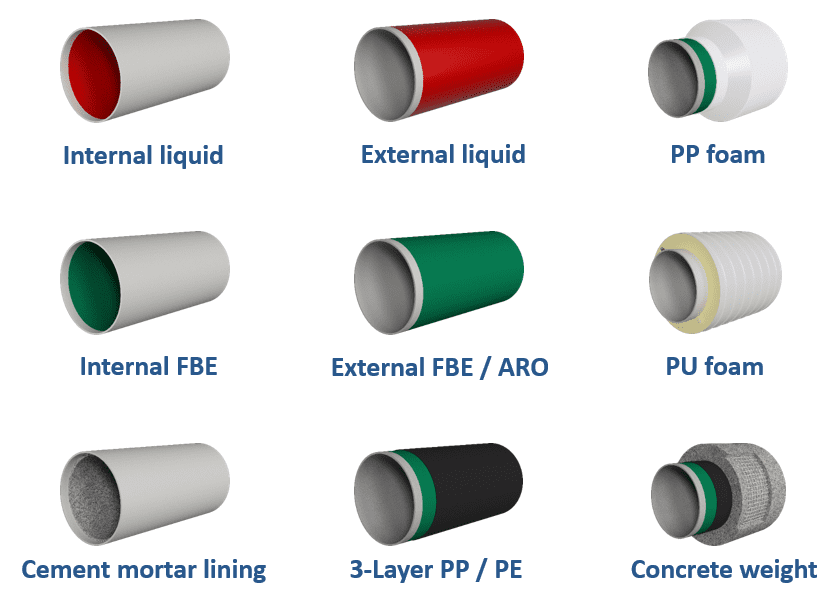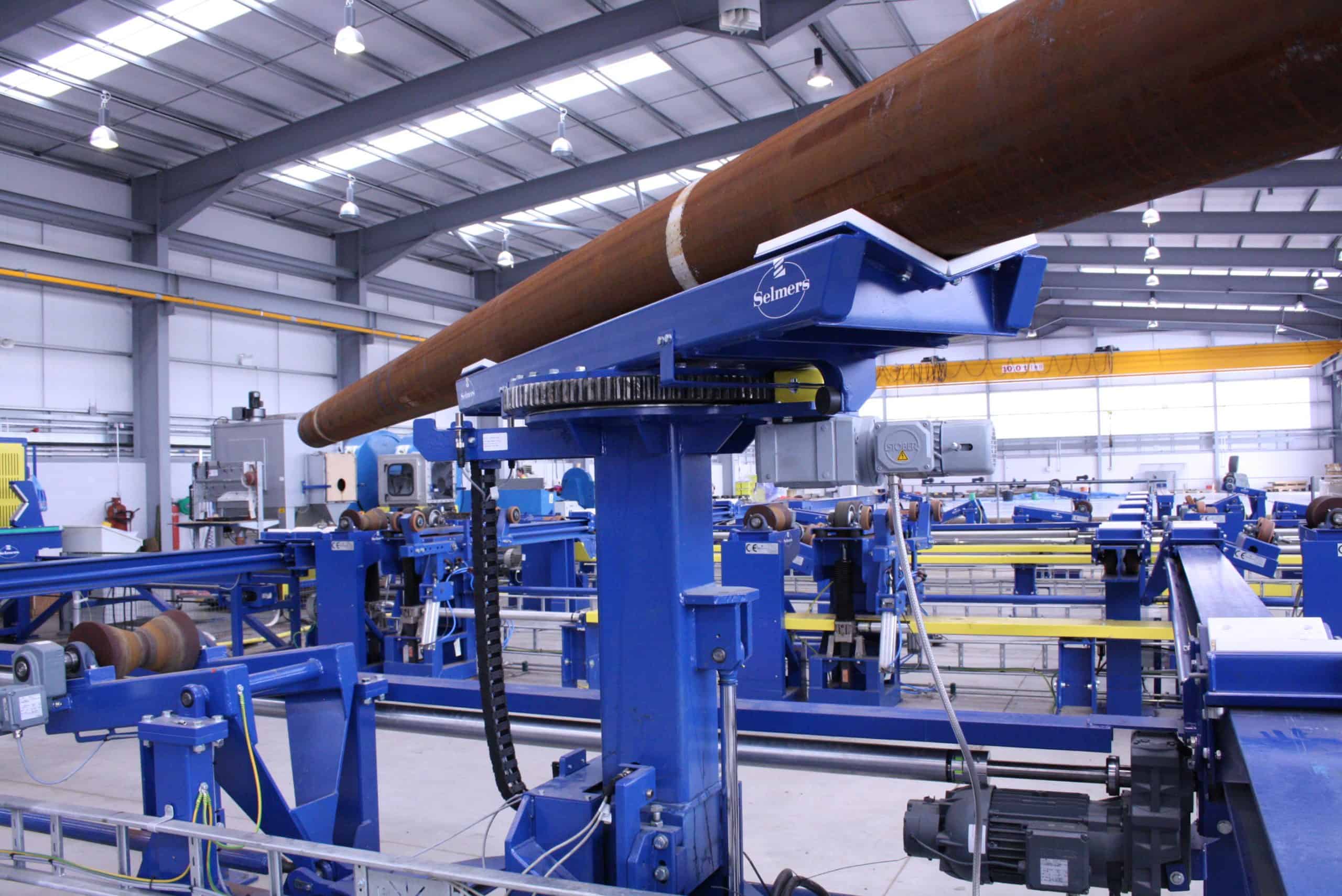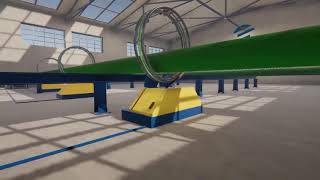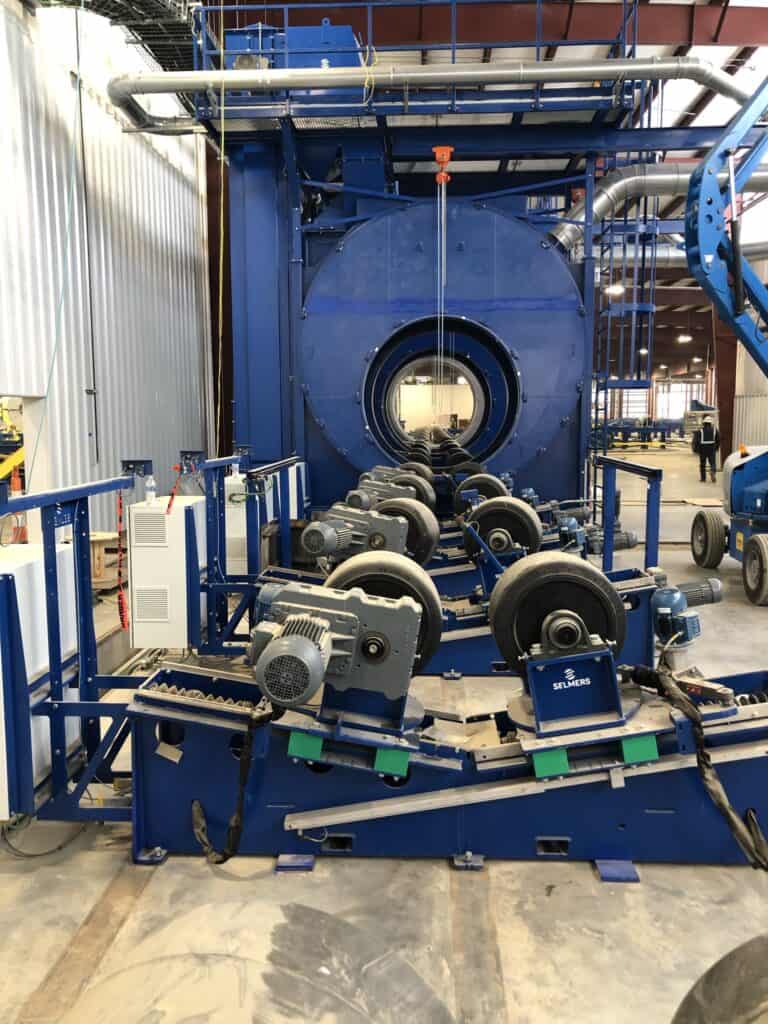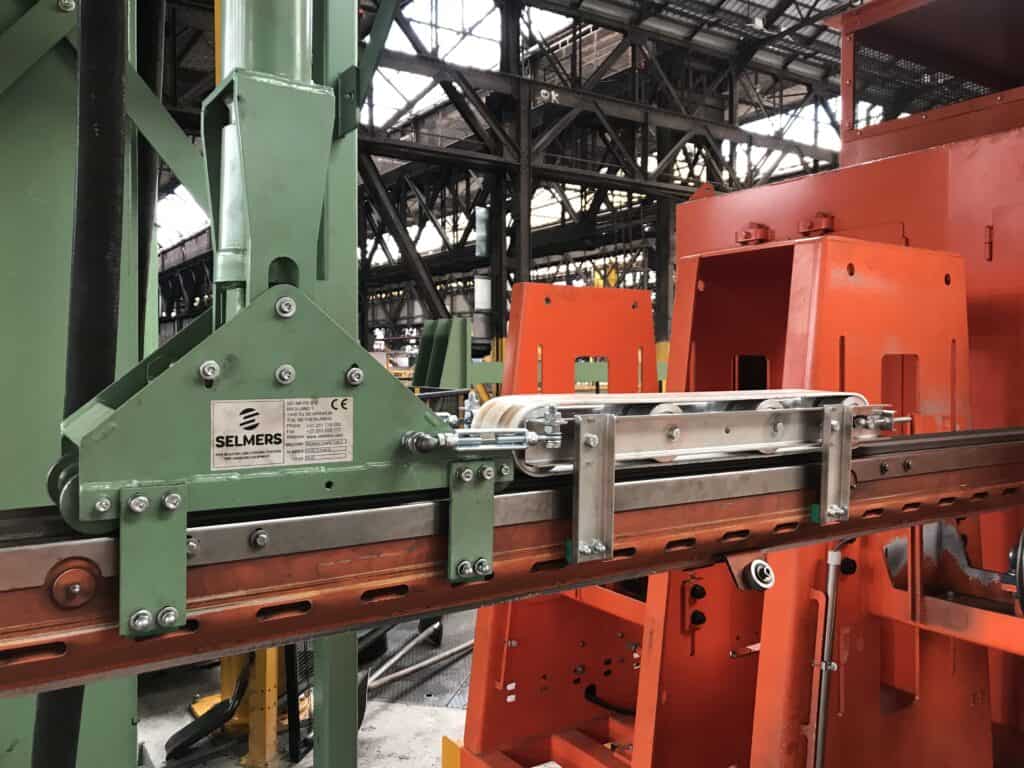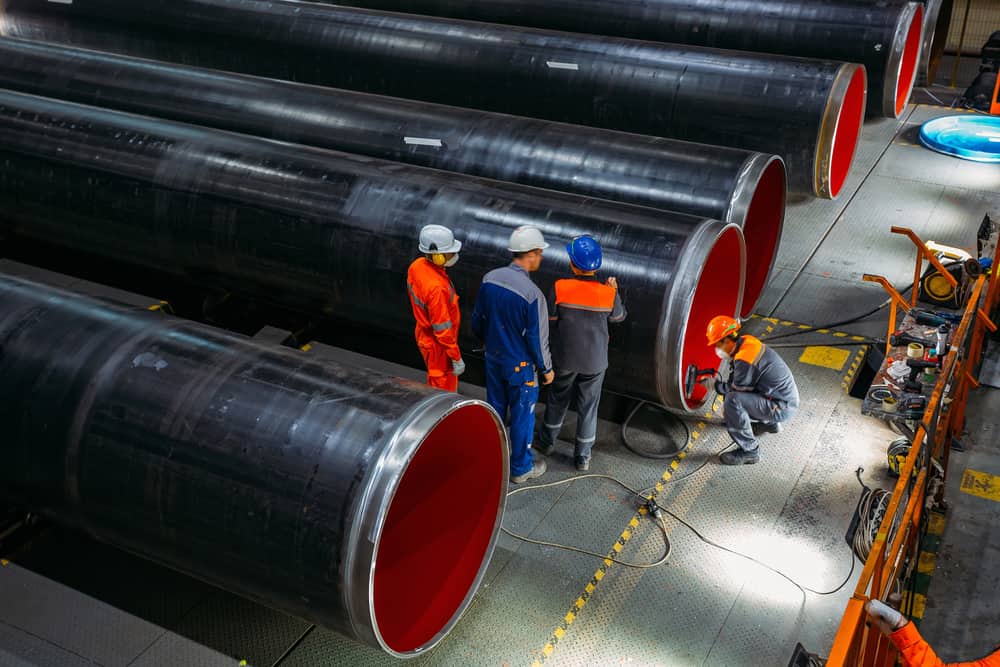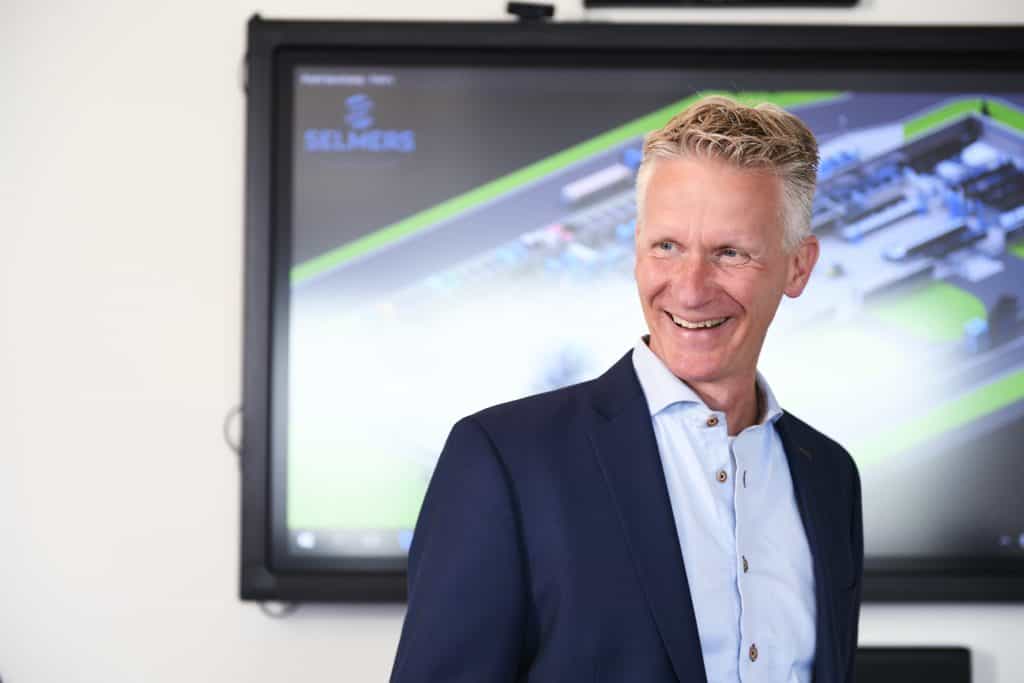To our software and mechanical engineers, working at the forefront of technological innovation is really exciting. Allowing Selmers to make the transition from manual equipment design through to interactive 3D design and remote services using so-called digital twins is obviously right up their alley. ‘Good for them, but what’s in it for us?’ you may rightfully argue. Quite a lot actually, especially in terms of remote services.
Digital Twins
In our technological evolution, the step from 2D to 3D CAD design was very significant. First of all it is a very realistic way to show equipment to a customer way before the actual commissioning. More importantly, however, it has paved the way for applying technologies such as Virtual Reality (VR), Internet of Things (IoT) and Machine Learning (ML). As a matter of fact, very similar to the movie ‘Avatar’ or the digital world of ‘Second Life’, Selmers has already developed so-called digital twins allowing our engineers to virtually ‘meet’ a customer’s mechanic, operations manager or owner on-site.
Mixed-reality HoloLens
Digital twins integrate IoT (sensors), Artificial Intelligence, Machine Learning and software analytics with spatial network graphs to create digital simulation models that update and change as their physical counterparts change. To most of our customers, however, this is still a bridge too far at this moment. To them, allowing us to remotely gather relevant data from their PLCs in real-time is already a significant step forward. This also applies to looking over their shoulders at situations and non-PLC data using a mixed-reality HoloLens. By looking at holograms instead of the tangible on-site equipment, product testing, for instance, can now be performed virtually at much lower risks and costs.
Minimizing disruptions
Necessary adjustments or improvements can even be made simultaneously in the PLC. Moreover, software bugs can be more easily identified and mechanical disruptions, or even dangerous situations, can be reduced to an absolute minimum. In other words, remote services aren’t that remote anymore as our engineers are able to analyze the situation and all relevant data coming to them ‘on site’, instead of hassling with a paper drawing in one hand and a telephone in the other as they used to do in the past.
Predictive maintenance
It doesn’t take a genius to see what this means in terms of efficiency enhancement, faster response, predictive maintenance and less downtime, among other things. Today, even the commissioning of equipment can take place virtually which leads to considerable cost savings. Although it may be hard to image, we can even implement our virtual remote support technology at production sites with somewhat obsolete equipment.
So if you are ready to take the next step towards Industry 4.0, just call your sales contact or send an email to globalservices@selmers.com
